1. MOROCCO
A mix of mint, green tea leaves, and a generous serving of sugar, Touareg tea (also known as Maghrebi mint tea) is the customary in this North African country. Poured from up high into slim, delicate glasses, it's served three times to guests. Each time the flavor varies slightly. Per the proverb: "The first glass is as gentle as life, the second is as strong as love, the third is as bitter as death." Refusing any one of these servings is considered the height of rudeness.
2. TIBET
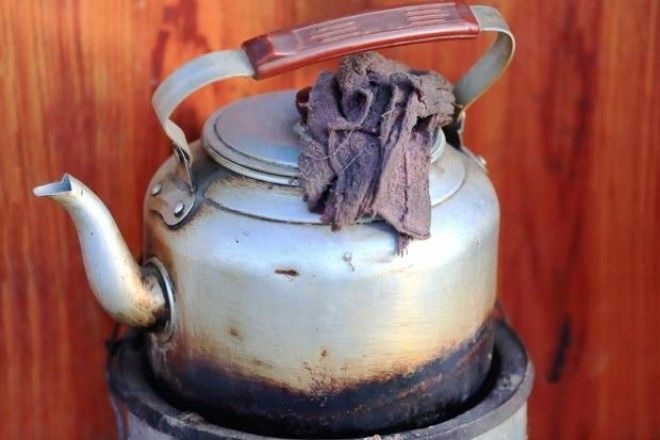
Forget the “milk or lemon” debate. How about adding some salty butter to your tea? Po cha, the traditional tea of Tibet, is made by boiling a brick of Pemagul black tea for hours. From there, milk, salt, and yak butter are added, and the mixture is then churned together. It's said this blend with a soup-like consistency is uniquely comforting and fortifying in the high-altitude and cold climates.
3. INDIA
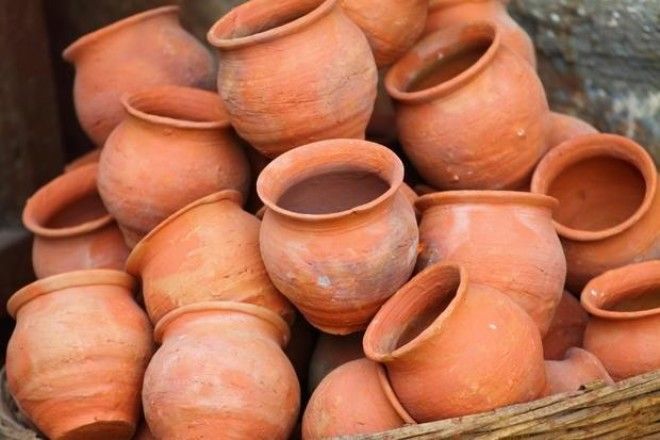
India is both a huge producer and consumer of tea. But for all its variants, the country is best known for its chai blends that mix black tea leaves with spices like cinnamon, ginger, nutmeg, cloves, cardamom, and pepper. Though regional recipes vary, this spicy tea is such a quintessential element of day-to-day life that is sipped on the go, offered to houseguests, and found for sale on nearly every street. Vendors called chai wallahs traditionally sell their brew in small sustainable clay cups made from local earth. Some people consider the dust of these clay cups to be a crucial ingredient to get the true taste of this national drink.
4. ARGENTINA

While India has chai, this South American nation has yerba mate (pronounced ma-tay), an herb "tea" made from its titular herb. Called "the drink of the gods," it's a staple of Argentinian life. It is prepared in a small pot or dried calabaza gourd from which it's drunk through a special straining straw called a bombilla. This device will be revived with more hot water, and passed around a gathering so all might share its tea and bond. To say "thank you" in this situation is seen as declining the drink, which is a grave insult. Also insulting: stirring the brew with the bombilla, as it questions the abilities of its brewer/your host. Traditionally, yerba mate is served without a sweetener, but younger generations have taken to adding sugar or honey.
5. RUSSIA
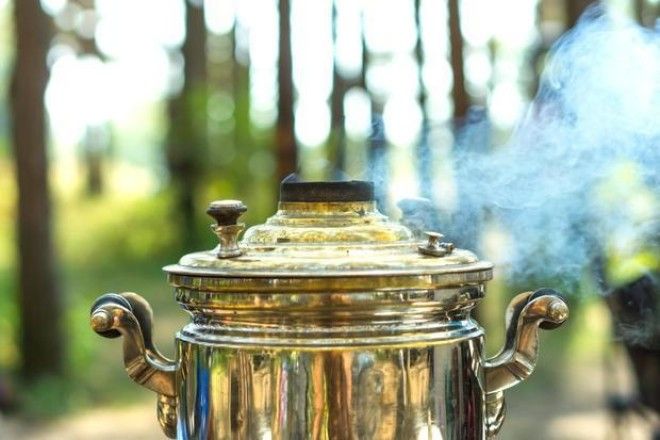
The tea traditions of Russia were forged in its leaner days, where food and drinks needed to be stretched to serve as many as possible. From these shortages came zavarka, a loose-leaf tea concentrate brewed in a small metal container called a samovar. In this vessel, a very strong (usually black) tea is brewed and then served in large mugs. However, you wouldn't dare fill the mug. Instead, guests take an inch or less of this powerful concoction that they then tame with boiling water as desired. Russians typically drink it black, but hosts will offer milk and sugar, as well as an accompanying snack. Serving zavarka without cookies, crackers or some other munchable is to serve it "naked" and is considered wildly rude.
6. CHINA
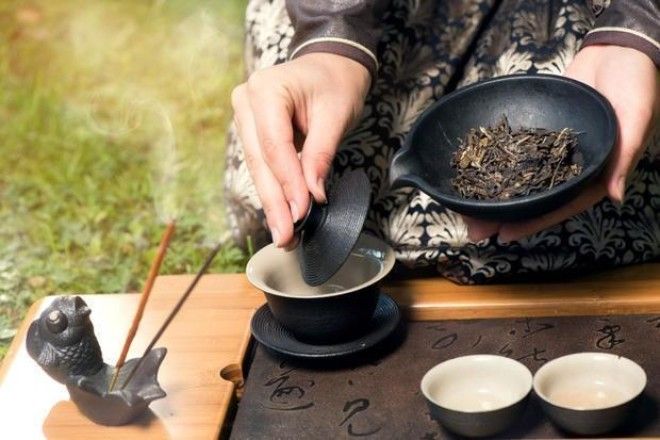
The traditional Chinese tea ceremony, Gongfu Tea is an incredibly detailed process, down to the elaborate designs on its small pot and cups. The ritual also involves a tureen, strainers, tongs, tea towels, a brewing tray, and "scent cups," which are used solely to sniff—not drink—the very strong and bitter brew. Guests are invited to smell the leaves before brewing. This is just the first of many steps, along with warming the cups with a wash of the tea's first brew. The second is drinking, and the tea will be ideally be poured by arranging the cups in a circle, pouring from high in one continuous motion, around and around until each cup is full. Guests are expected to cradle the cup—and its accompanying saucer if there is one—in two hands, to sip slowly and savor the flavor, and then cradle the empty cup to relish in the aroma after the tea is gone.
7. THAILAND
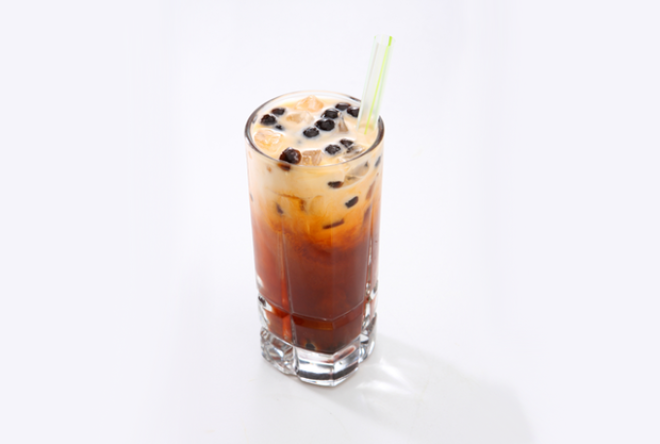
As the Chinese Civil War was drawing to a close in 1949, refugees fled to Thailand, taking with them elements of Chinese culture including a rich tradition in tea. But Thailand's tea culture became unique with the evolution of the distinctly amber-colored Thai iced tea or Cha Yen, a blend of Ceylon or Assam tea with sugar, condensed milk, and spices like star anise, tamarind, and orange blossom, served over ice in a tall glass. Some recipes include topping it off with evaporated milk, creating an appealing ombre effect. It's a sweet and spicy treat that's high in calories but incredibly refreshing on hot days and complimentary to the culture's spicy cuisine.
8. TAIWAN
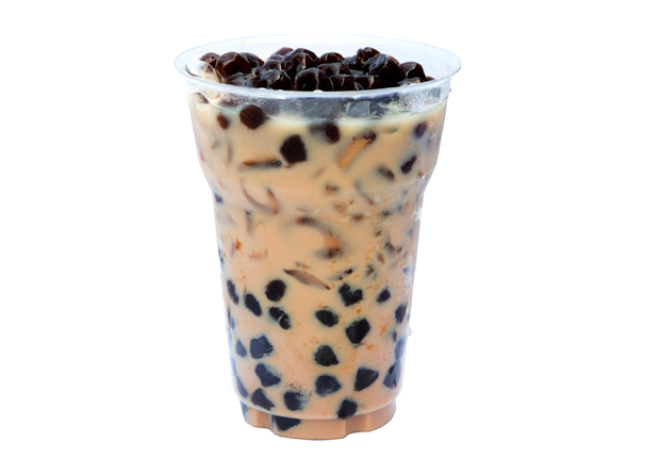
A modern innovation on Chinese tradition is Taiwanese bubble tea. A high calorie treat, its base is an iced tea (black, green, jasmine or oolong typically) with powdered milk and sugary syrup. But the bubbles for which it owes its name are small balls of tapioca, a starchy white grain. The origin of bubble tea only dates back as far as 1988, when Lin Hsiu Hui, a product development manager at the Chun Shui Tang teahouse, dropped some tapioca balls from her fen yuan dessert into her tea during a staff meeting, a fortuitous place to experiment. Soon, the teahouse was selling her quirky creation, and in the decades since it's become an international phenomenon with bubble tea shops popping up across Asian, Europe, and the United States.
9. HONG KONG
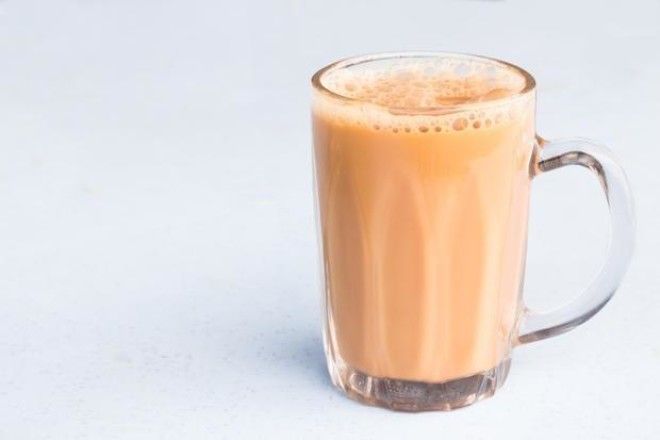
The name "pantyhose tea" may make this concoction sound unappealing, but it's named for the straining sock—which resembles but is not and has never been pantyhose—that is used to strain the tea and milk. The brewing of this powerful blend is labor-intensive, demanding 10 to 20 minutes of dedicated and repeated straining. Most often it appears on the menu in lively tea-centric diners called cha chaan teng, where people of every class and background happily mingle over the beverage and with raucous conversation.
Advertising
10. JAPAN
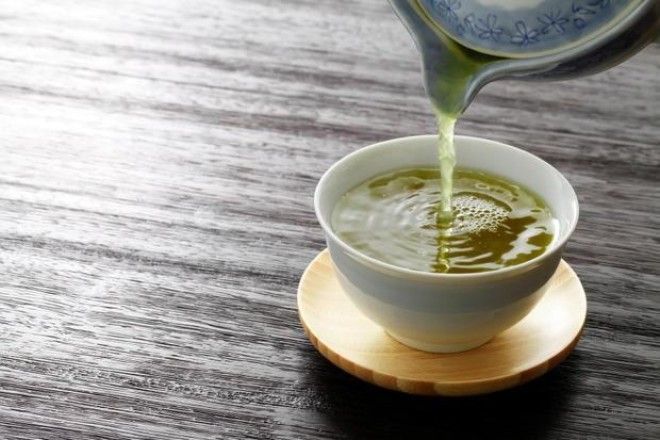
Like China, this island nation also has a highly detailed tea ceremonies with names like Chanoyu, Sado, or Ocha. The movements of the brewer in these processes are carefully choreographed to care and consider the viewpoint of the guest being served. These ceremonies include everything from the preparation of the home to how guests are invited into it, the order utensils are brought into the room, the cleaning and warming of these tools, the actual brewing, and the cleanup. Details vary depending on the time of day and season, but the powdered green tea Matcha is the preferred blend. It is served with sweets to play against its bitter flavor.
11. PAKISTAN
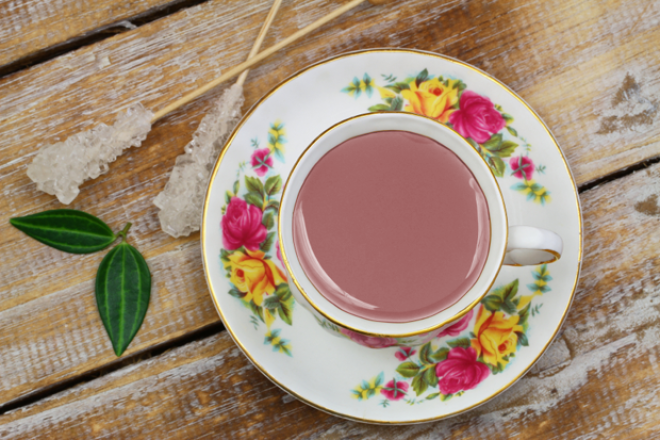
Tea is a common drink and a courtesy extended to guests across Pakistan. An element of Kashmiri culture, Noon Chai is a special blend of tea that includes a mix of pistachios, almonds, salt, milk, and spices like cardamom, cinnamon, and star anise. It's easy to pick out because of its signature pink color, which can be enhanced with a bit of baking soda. Served on special occasions, Noon Chai is typically enjoyed with pastries like sheermaal, kandir tchot, bakarkhani, and kulcha. More casually enjoyed is "Doodh Pati," or milk tea, which involves no water.
12. THE UNITED KINGDOM
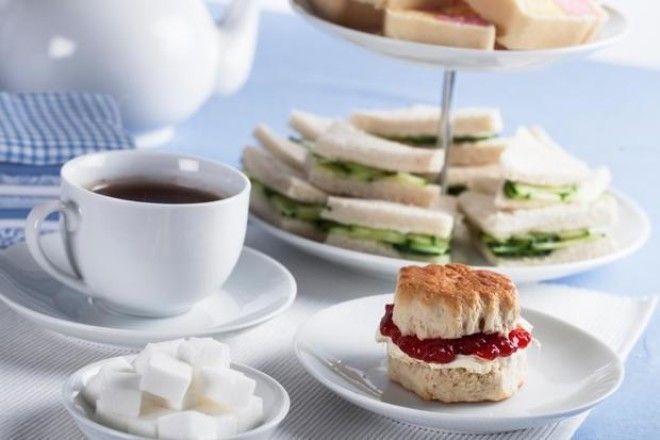
Tea was introduced to England in the 17th century, but the iconic British tradition of afternoon tea took nearly another 200 years to catch on. In 1840, standard meal times placed lunch at midday and dinner late, around 8 p.m. or so. Anna, the seventh Duchess of Bedford, requested her household staff prepare a sort of mini-meal around 4 p.m., where tea and a selection of cakes or small sandwiches would be served. Her example inspired the upper class, and then spread across the country, spurring the proliferation of tea gardens where customers could enjoy tea and cake in a lovely setting. Today, tea is a major element of Great Britain's identity and day-to-day life.
13. NEW ZEALAND

British missionaries in the early 19th century are believed to have introduced tea-brewing practice to the Kiwis, and by the end of the century, tea had replaced ale as the beverage of choice for breakfast across all classes. The rise of tea gardens during this time promoted tea drinking to a social activity, which gave men and women the perfect chance to mingle in public without drawing gossip. Inspired by their British roots, "afternoon tea" became a staple, and New Zealand developed its own high tea ceremony, which includes elegant settings, delectable finger sandwiches, and mouth-watering sweets.
14. IRAN
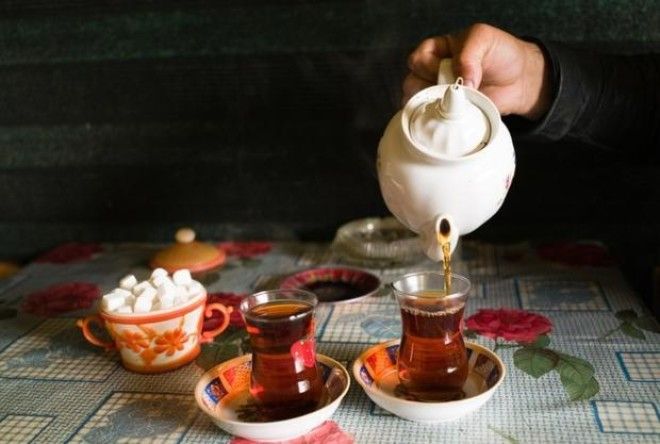
After tea caught on in India and China, the taste for it spilled down the Silk Road and into the Middle East by the 15th century, sparking the rise of tea houses known as chaikhanehs. But it wasn't until the 20th century that Iranians began growing their own black tea, making it a nationally embraced beverage, which now welcomes guests and is a crucial element in social life. A silver tray customarily carries in the drink, which is accompanied by a bright yellow rock candy called nabat. So constant is tea's presence in Iranians lives that its kettle will be kept on a stove burner all day. Tea is served very strong. Rather than mixing in sugar to counteract the bitterness, you're encouraged to place a sugar cube between your front teeth and suck the strong brew through it.
15. MALAYSIA

This Southeast Asian country's signature brew contains black tea, sugar, and condensed milk. But what makes teh tarik or "pulled tea" special is how it's mixed. To achieve its distinctly frothy texture, Malaysian brewers pour the beverage back and forth between mugs, giving the liquid repeated access to cool air as it flows from one glass to another. As this tradition developed, so too did the showmanship of its making. To watch teh tarik be mixed is to witness an elaborate and energetic dance, where the brew behaves as a partner, leaping to and fro without a drop ever being lost!

